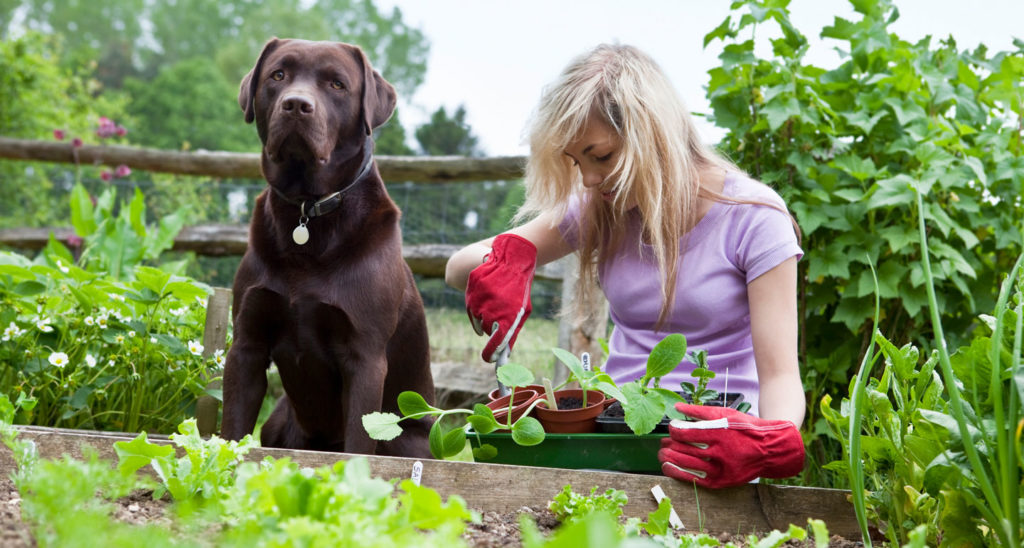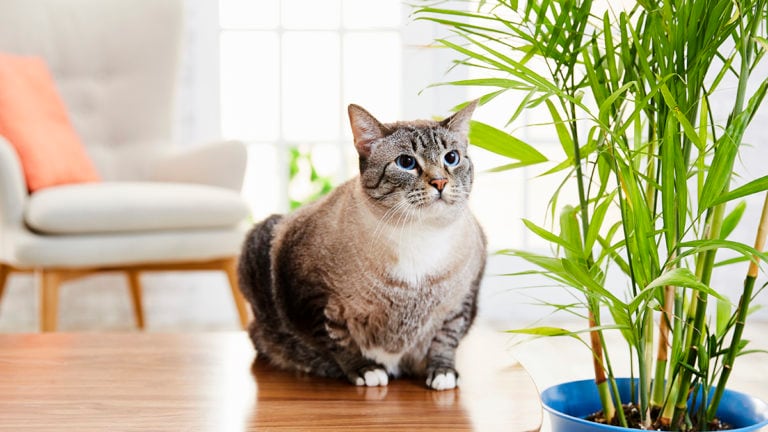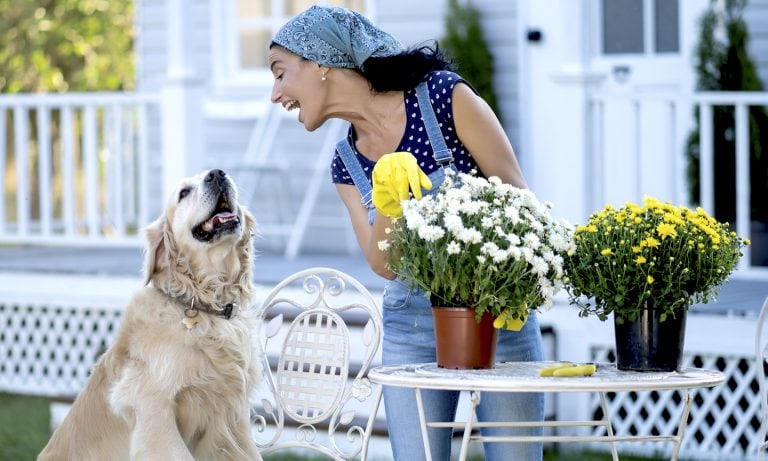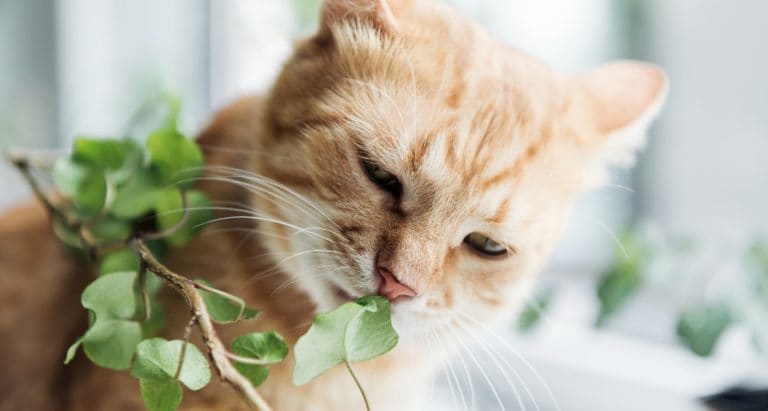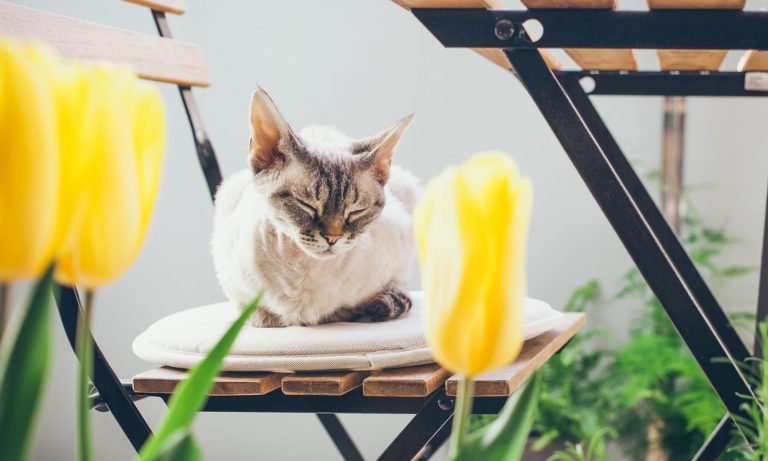Around the country modern day “Victory” gardens are sprouting up as the COVID-19 crisis continues to impact our lives. Victory gardens first became popular during another time of crisis, World War II, when citizens were encouraged to grow their own produce in their backyards. Today, Victory gardens are a way for new and experienced gardeners to not only enjoy some fresh air and sunlight, but also take comfort in having control over some fresh food supplies. While you will still be supplementing with produce from grocery stores (and hopefully farmer’s markets), knowing how to grow some of your own food is a valuable skill worth cultivating. Fortunately, growing vegetables is super-easy and inexpensive.
Not all of the fresh produce that you can grow is good for dogs and cats. Here, we’re dishing-up specific advice on what is safe to grow for your pets. And, as dogs and cats are carnivores, fresh produce is intended as a treat, not a main part of the diet of dogs or cats. (Please see a list below of do’s and don’ts.)
Small space? On a budget? No yard? No problem. Read on. Get in on this growing trend!
3 Reasons to Grow an Edible, Organic Victory Garden for Pets
- More Nutritious: Freshly picked produce is higher in vitamins, minerals and antioxidants. Produce, once harvested, can lose nutritional value over time. Better food means healthier pets!
- Greener Footprint: Trucking food relies on burning fossil fuels that contribute to climate change. Also, you can control use of synthetic chemicals or pesticides that can harm environment.
- Less Spendy: While ramping up a new garden has some costs, the dollars spent on seeds, plants, and supplies in the spring, will yield pounds of produce in summer.
What to Know Before You Grow
Before you start planting here are a few tips that will help to ensure success:
- Most food crops grow best in full sun with at least 8 hours of direct sun every day. The exception is salad greens, which in the warmest regions, should be grown in partial shade during the heat of summer.
- Vegetables need fertile, well-draining soil to grow well. Amend your soil as needed. Consult with a local garden center for advice.
- Place your garden where you can easily water the plants. Food crops prefer deep, slow watering which helps to set roots and can help mitigate issues with pests and diseases.
- Just because there’s a full pack of seeds doesn’t mean you need to plant them all at once. Succession planting (planting a new row each week) will ensure a good-sized crop over a longer season.
- Raised beds can be built or purchased which makes this entire thing easier, but there is serious satisfaction in tilling the soil. There is no shame in hiring out this part of the job! Ask at your local garden center for recommendations or just hire the kid next door.
Three Types of Victory Gardens to Grow
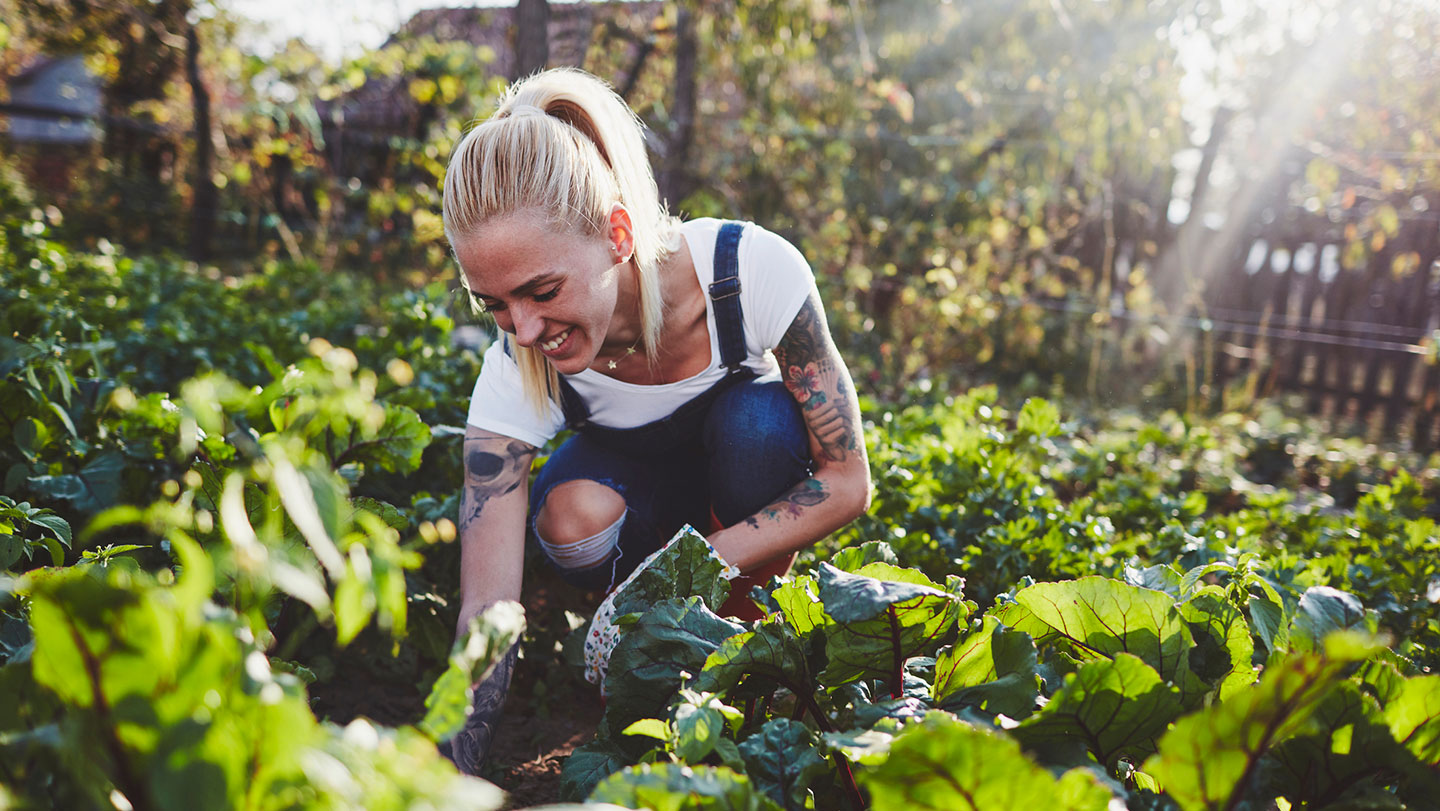
Photo: iStock.com/vgajic
1
If you have a 4’ X 6’ space in full sun for a vegetable garden
While you might be lucky and have room for a larger garden, this is an adequate starter-sized garden for most yards, and assumes that you have decent soil that drains well. (More here about soil.)
What to plant in a 4’ x 6’ space:
- 1 row of carrots (seed) yields about 36 carrots per row
- 1 row of spinach (seed) yields about 10 bunches per row
- 2 green bean plants (bush, not climbing) from seed or transplant
- 1 zucchini plant from seed or transplant
- 1 cucumber plant (bush, not climbing) from seed or transplant
- 1 tomato (bush, not climbing)
- 6 annual pollinator-favorite flowering plants (such as cosmos, salvia or zinnias) or annual herbs (such as parsley or basil), which will help keep soil moist and keep down weeds.
If you prefer some fruits, swap a cucumber plant for a compact raspberry bush such as Raspberry Shortcake.
This will be a very full and lush garden. Follow package or container directions for planting depth, spacing and thinning. Once you’ve harvested carrots and spinach, plant a second crop.

Photo: iStock.com/diane555
2
If you have a large container in full sun
If you have a patio, deck or rooftop space, get a French kitchen garden look by combining vegetables in large pots.
What do we mean by “large”? Bigger is better if you are planting an Instagram-worthy crop. A container that’s 24” x 24” in diameter with a depth of at least 18” is what you’re looking for. Can’t find that? Look for a large half-barrel which can be found at most hardware stores and garden centers.
What to plant all in one large container:
- 1 of these four larger plants: green bean or cucumber (bush, not climbing), raspberry (as above) or bush tomato plant
- 1 6-pack of spinach from transplant or from seed thinned to 6 plants
- 1 6-pack of lettuce from transplant or from seed thinned to 6 plants
This is for one pot—if you have the room, buy and plant several—and is enough produce for a few summery meals and treats for your pets. Do not be afraid to pack it in, as you will be harvesting as the season goes along.
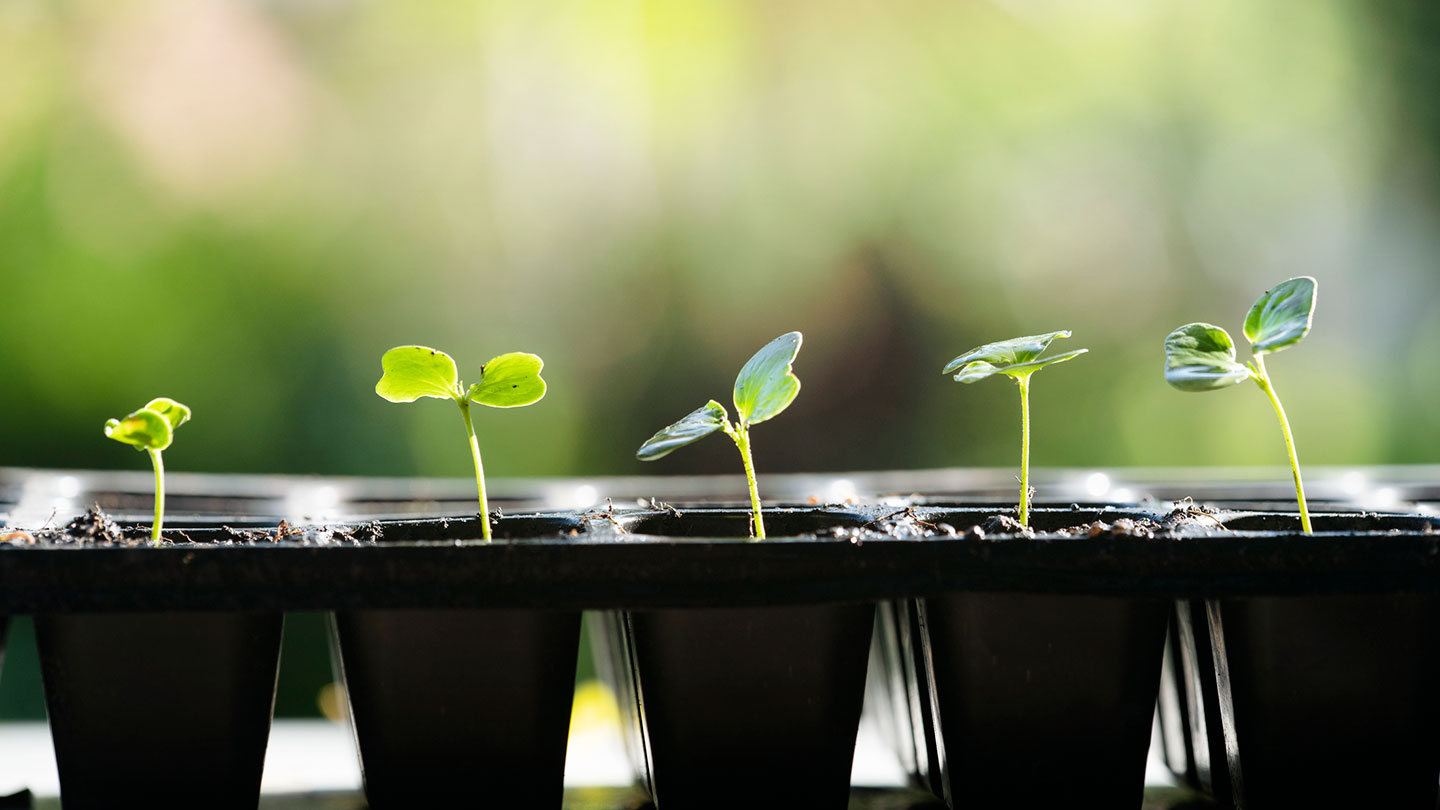
Photo: iStock.com/ittipon2002
3
If you’re on a budget
Let’s not let a lack of cash stop us from digging into the pure pleasure of homegrown produce. Here are a few ways to grow a season’s worth of fresh produce for under $20.00.
- Seeds are inexpensive and if stored properly, excess quantity can be saved for next year. Look at hardware stores for more generic varieties that are less expensive than fancier cultivars.
- Join a local gardening group as these often have seed swaps. During times of social distancing, look for groups with a Facebook, Nextdoor or other online presence, and who offer seeds by mail.
- Purchase smaller plants in nursery cell packs (referred to as 4-packs or 6-packs) as these can cost about half of the larger-sized, container-grown plants.
- Rather than over-plant, go in with a friend or neighbor and share the cost of multiple plant containers. Do you need six squash plants for your small yard?
- When buying container-grown plants, note that most have more than one plant in the pot.
Do’s and Don’ts
The following can be fed to pets as snacks (in moderation):
Dog:
- Blueberries
- Raspberries
- Pumpkin
- Green beans
- Sweet potatoes
- Celery
- Zucchini
- Ripe tomatoes
- Spinach
Cat: (To avoid choking hazard and to aid in digestion, all vegetables served to cats should be cooked.)
- Carrots
- Peas
- Beans
- Zucchini
- Sweet potatoes
- Pumpkin
- Winter squash
- Cooked tomato
Avoid: Grapes, garlic, onions, chives, mushrooms, un-ripe tomatoes and cherries. If in doubt, consult with your veterinarian before feeding to your pet.
What other veggies are good for dogs and cats?
Share:
